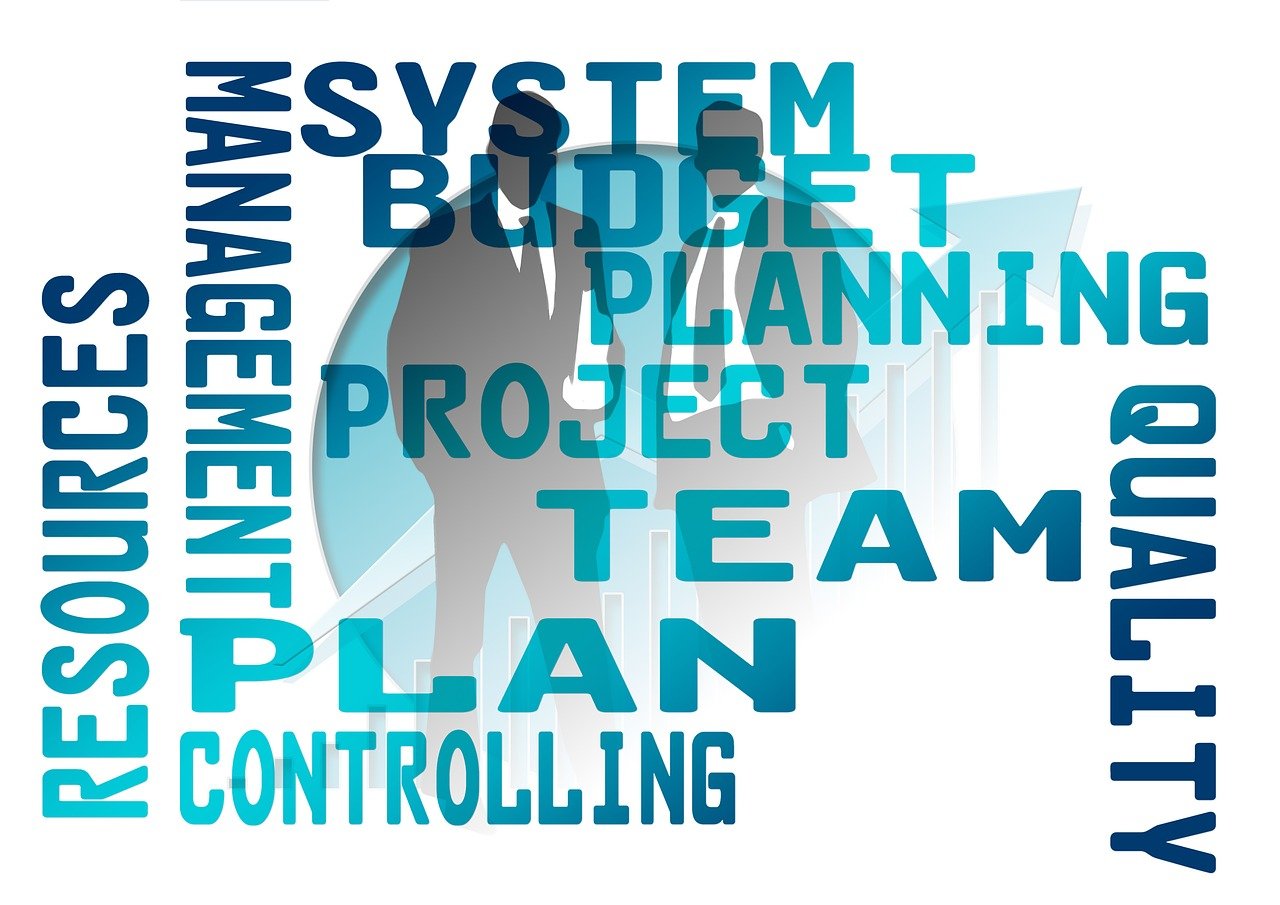In the intricate realm of marriage, a prenuptial agreement serves as a crucial tool to safeguard individuals’ assets and secure their peace of mind. Our comprehensive “Prenuptial Agreement Sample” article offers valuable insights on this legal contract, providing readers with a clear understanding of its purpose and significance. By perusing this article, you will gather essential knowledge about the key elements usually included in a prenuptial agreement. Empowered with this information, you will be better equipped to make educated decisions and effectively protect your financial interests.

What is a Prenuptial Agreement?
Definition
A prenuptial agreement, also known as a prenup or premarital agreement, is a legal contract entered into by a couple prior to their marriage or civil union. It is designed to establish the financial and property rights of each spouse in the event of a divorce, separation, or death. A prenuptial agreement allows couples to define their own rules and protect their individual interests through a mutually agreed-upon agreement.
Purpose
The primary purpose of a prenuptial agreement is to provide clarity and transparency regarding the financial aspects of a marriage. It allows individuals to protect their assets, define their financial responsibilities, and avoid costly legal disputes in the event of a divorce or separation. A prenuptial agreement can also address issues such as spousal support, child custody, and the division of debts, giving couples greater control over their future financial arrangements.
Benefits of Having a Prenuptial Agreement
Protection of Assets
One of the key benefits of having a prenuptial agreement is the protection of individual assets. By clearly defining separate property and determining how marital assets will be divided in the event of a divorce, couples can safeguard their personal wealth and avoid potential disputes over ownership. A prenup can address various types of assets, including real estate, investments, business interests, and personal belongings, ensuring that each spouse’s assets are recognized and protected.
Clearly Defined Financial Responsibilities
Another advantage of a prenuptial agreement is the ability to establish clear financial responsibilities for each spouse. This can include decisions about joint bank accounts, payment of household expenses, and management of debts. By outlining these responsibilities, couples can avoid misunderstandings and conflicts regarding finances during their marriage. A prenup can also address financial contributions to the marriage, such as income, inheritances, and other financial resources, ensuring a fair and equitable distribution of wealth.
Avoiding Lengthy and Costly Legal Proceedings
A well-drafted prenuptial agreement can significantly reduce the time, expenses, and emotional toll associated with divorce proceedings. By addressing important financial and property matters in advance, couples can avoid or minimize costly and time-consuming litigation. A prenup provides a clear framework for resolving potential disputes, allowing for a smoother and less adversarial process. This can be especially beneficial for individuals with substantial assets or complex financial situations.
Key Elements of a Prenuptial Agreement
Assets and Liabilities
A prenuptial agreement should include a comprehensive list of the assets and liabilities of each spouse. This includes both separate property, which is the property acquired prior to the marriage, and marital property, which is acquired during the marriage. By clearly defining and documenting these assets and debts, couples can protect their individual interests and ensure a fair division of property in the event of a divorce.
Division of Property
The division of property is a crucial element in a prenuptial agreement. Couples can determine in advance how their assets will be distributed in the event of a divorce or separation. This can include various factors such as the allocation of real estate, investments, retirement accounts, and personal belongings. By specifying these arrangements, couples can avoid lengthy disputes and ensure a fair division of property according to their wishes.
Spousal Support
Spousal support, also known as alimony, is another important consideration in a prenuptial agreement. Couples can establish the terms and conditions of spousal support, including the amount and duration of payments. The agreement can also outline circumstances that would terminate or modify the spousal support obligation. By addressing these matters in advance, couples can avoid potential conflicts and uncertainty regarding financial support after a divorce.
Child Custody and Support
For couples with children or planning to have children, a prenuptial agreement can address child custody and support arrangements. This includes determining the custody rights of each parent, establishing visitation schedules, and outlining the financial responsibilities of each parent for the support of their children. By discussing and documenting these matters in advance, couples can create a plan that prioritizes the best interests of their children and provides stability and clarity in case of a divorce.
Debt Allocation
Debt allocation is an often overlooked but crucial element of a prenuptial agreement. Couples can determine how their debts, both individual and joint, will be allocated in the event of a divorce or separation. This can involve clarifying who is responsible for specific debts, such as credit card debt, student loans, or mortgage payments. By addressing debt allocation in the prenuptial agreement, couples can avoid disputes and ensure a fair distribution of financial obligations.
Common Provisions in a Prenuptial Agreement
Framework for Property Division
A common provision in a prenuptial agreement is the establishment of a framework for property division. This provision outlines how the couple’s assets will be distributed in the event of a divorce, including both separate and marital property. By providing clear guidelines, couples can avoid confusion and potential conflicts regarding property rights and the division of assets.
Alimony or Spousal Support
Many prenuptial agreements include provisions for alimony or spousal support. This provision defines the terms and amount of support that one spouse may be entitled to receive from the other in the event of a divorce. It may outline specific circumstances for termination or modification of the support obligation, such as remarriage or a change in financial circumstances.
Allocation of Debts
A provision regarding debt allocation is essential in a prenuptial agreement to address the couple’s financial obligations. It outlines how debts, both individual and joint, will be allocated between the spouses in the event of a divorce. This provision can protect individuals from assuming excessive debt burdens and establish a fair distribution of financial responsibilities.
Child Custody and Support
In cases where children are involved, prenuptial agreements commonly include provisions related to child custody and support. These provisions define the custody arrangements, visitation schedules, and financial obligations of each parent. By addressing these matters in advance, couples can prioritize the best interests of their children and ensure a stable and supportive environment for them.
Ownership of Joint Assets
A provision regarding the ownership of joint assets is often included in prenuptial agreements. This provision clarifies the rights and responsibilities of each spouse regarding jointly owned property, such as real estate, vehicles, or bank accounts. It can outline the percentage of ownership or establish a mechanism for determining the division of joint assets in the event of a divorce.
Requirements for a Valid Prenuptial Agreement
Voluntary Consent
For a prenuptial agreement to be valid, both parties must provide voluntary consent. This means that the agreement should be entered into willingly, without coercion or duress. Both spouses should have the opportunity to review the terms of the agreement and seek independent legal counsel if desired. Voluntary consent ensures that the agreement reflects the true intentions and desires of each spouse.
Full and Fair Disclosure
A valid prenuptial agreement requires full and fair disclosure of each spouse’s assets, liabilities, and financial circumstances. Both parties should provide accurate and complete information regarding their financial situation. This allows for informed decision-making and ensures that the agreement is based on a comprehensive understanding of each spouse’s financial position.
No Unconscionability
Unconscionability refers to a provision or term in a prenuptial agreement that is so one-sided or unfair that it shocks the conscience of the court. For a prenuptial agreement to be enforceable, it must not contain unconscionable provisions. The agreement should be fair and reasonable in the eyes of the court, taking into consideration the circumstances and financial resources of both parties.
Proper Execution
To be legally valid, a prenuptial agreement must be properly executed. This typically involves both parties signing the agreement in the presence of a notary public or another authorized individual. It is important to ensure that all necessary formalities are followed according to the laws of the jurisdiction in which the agreement is being executed. Proper execution helps ensure the enforceability of the prenuptial agreement in the future.
Sample Prenuptial Agreement Clause 1: Assets and Liabilities
Clarification of Separate and Marital Assets
This clause establishes the distinction between separate property and marital property. It defines which assets belong to each spouse individually and which assets are considered joint property. By clarifying the ownership of assets, this clause helps protect each spouse’s individual interests and ensures a fair division of property in the event of a divorce.
Outline of Personal and Joint Debts
This clause outlines the debts of each spouse, both individual and joint debts. It specifies who is responsible for each debt and establishes a framework for their allocation in case of a divorce. By addressing debts in the prenuptial agreement, couples can avoid conflicts and establish a fair distribution of financial responsibilities.

Sample Prenuptial Agreement Clause 2: Division of Property
Determining Property Division in Case of Divorce
This clause provides a clear framework for the division of property in the event of a divorce or separation. It outlines how the couple’s assets will be distributed, including real estate, investments, and personal belongings. By specifying the rules for property division, this clause allows couples to maintain control over their financial interests and avoid potential disputes.
Specifying Pre-Marital and Post-Marital Acquisition
This clause addresses the ownership and division of property acquired before and during the marriage. It clarifies the rights and responsibilities of each spouse regarding pre-marital and post-marital assets. By specifying the treatment of property acquired at different stages of the relationship, this clause ensures a fair distribution of assets according to the couple’s intentions.
Sample Prenuptial Agreement Clause 3: Spousal Support
Establishing Terms and Amount of Alimony
This clause determines the terms and amount of alimony or spousal support that may be payable in the event of a divorce. It outlines the financial obligations of one spouse to the other and provides clarity regarding the duration and amount of support. By establishing these terms in advance, couples can avoid potential disputes and uncertainties surrounding spousal support.
Conditions for Termination or Modification
This clause outlines the conditions under which the spousal support obligation may be terminated or modified. It may include circumstances such as remarriage, cohabitation, or a significant change in financial circumstances. By addressing these conditions in the prenuptial agreement, couples can ensure that the support arrangement remains fair and reasonable over time.

Sample Prenuptial Agreement Clause 4: Child Custody and Support
Designating Child Custody Arrangements
This clause determines the custody arrangements for any children of the marriage. It outlines the rights and responsibilities of each parent regarding the upbringing and care of the children. By addressing child custody in the prenuptial agreement, couples can create a stable and supportive environment for their children, even in the event of a divorce.
Outlining Child Support Obligations
This clause establishes the financial obligations of each parent for the support of their children. It outlines the amount and frequency of child support payments and ensures that both parents contribute to the financial well-being of their children. By specifying these obligations in the prenuptial agreement, couples can ensure that the children’s needs are prioritized and protected.
Sample Prenuptial Agreement Clause 5: Debt Allocation
Allocation of Debts in Case of Divorce
This clause addresses the allocation of debts between the spouses in the event of a divorce or separation. It clarifies who is responsible for each debt, whether it is an individual debt or a joint debt. By specifying the allocation of debts, this clause helps protect each spouse from assuming an unfair or excessive debt burden.
Limitation of Responsibility for Individual Debts
This clause establishes the limitation of responsibility for individual debts incurred by each spouse. It ensures that one spouse does not become liable for the individual debts of the other spouse in the event of a divorce. By addressing individual debts in the prenuptial agreement, couples can protect their individual financial interests and avoid potential disputes over responsibility for debts.
In conclusion, a prenuptial agreement can provide numerous benefits for couples entering into marriage or civil union. It offers protection of assets, establishes clearly defined financial responsibilities, and helps avoid lengthy and costly legal proceedings in the event of a divorce or separation. By including key elements such as assets and liabilities, division of property, spousal support, child custody and support, and debt allocation, couples can create a comprehensive agreement that addresses their specific needs and preferences. It is essential to meet the requirements for a valid prenuptial agreement, including voluntary consent, full and fair disclosure, absence of unconscionability, and proper execution. Consulting with a qualified family law attorney is highly recommended to ensure that the prenuptial agreement is drafted properly and tailored to the couple’s unique circumstances.


























